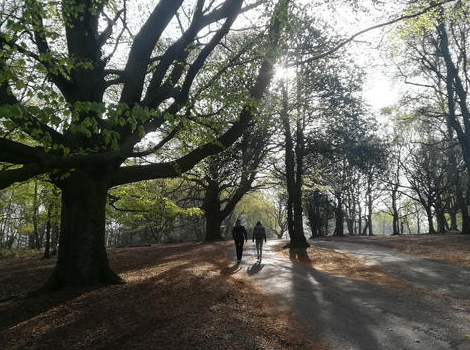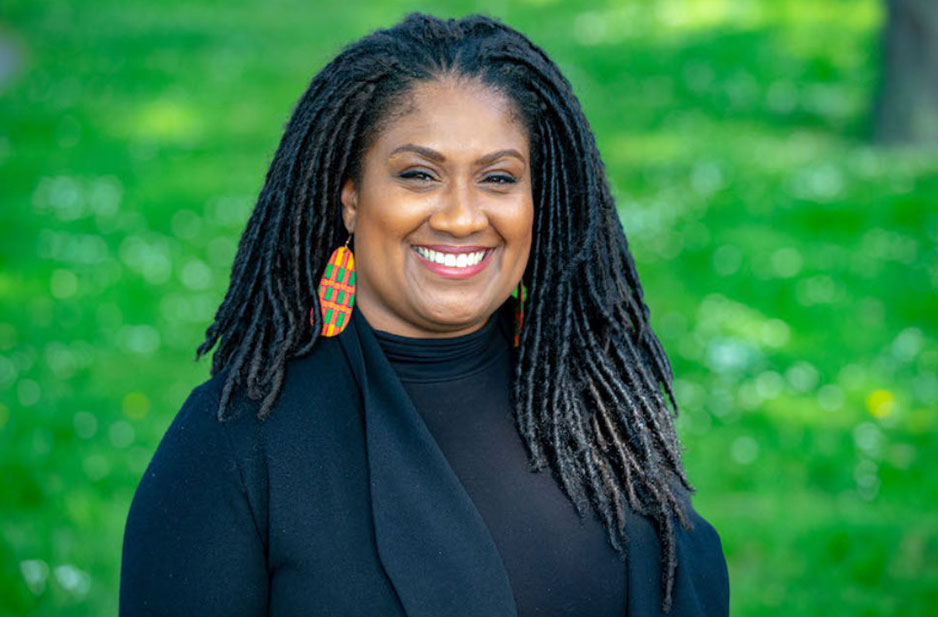Man the decks and weigh anchor, because Pirate's Quest has a brand new adventure for 2019!
Newquay's piratical walk-through attraction has a refreshed storyline that will allow visitors to 'Join the Pirate Heroes'. Be the first to experience the new adventure when it premieres during February Half Term (16th – 24th) for a Special Preview Event.
Calico Jack's crew of live pirate performers will be tasked with guiding you through the authentic sets and scenes of Pirate's Quest and introducing you to four of history's most scandalous scallywags. It will then be down to each group of visitors to vote which Pirate Hero they will crown as leader of the Republic of Pirates. Will it be Black Bart the Puritan Pirate, Anne Bonny the Princess of Piracy, Henry Every the Pirate King or the notorious Captain Blackbeard?
But before deciding on your favourite rapscallion, you will first have to survive an adventure of your own. Prepare to be transported back 300 years to the height of the Golden Age of Piracy.
Batten down the hatches, because you'll begin your adventure on board the doomed Royal Anne – a real Pirate Hunter's vessel that wrecked off the coast of Cornwall in 1721. Fortunately for you, one of Calico Jack's crewmates will be at hand to rescue you from the sinking ship, lead you through a secret passage, and into the coves of Lizard Point, where Plymouthian Pirate, Henry Every, is rumoured to have hidden his bountiful booty in the early 1700s.
As you navigate your way through the mystical caves and murky streets of Eighteenth Century Cornwall, your live pirate guide will tell tales of the rowdy rogues that ruled the waves, giving all ages the chance to learn something new about the real pirates that sailed the Caribbean, including Anne Bonny, one of the fiercest female pirates to ever sail the seven seas.
Once you've arrived at the docks of Towan Blystra, look out for Black Bart's fleet on the horizon and then venture into Blackbeard's Tavern; a scene originally introduced to Pirate's Quest to mark the 300th Anniversary of the famous Captain's death in 2018.
As well as the heroes of piracy, there's a chance to become better acquainted with Pirate Villains if you decide to brave the optional scare section, the Locker of Davy Jones – a graveyard of lost ships and souls! Finally, you'll board the crew's galleon, ready to set sail to the Spanish Main once you've used your newfound knowledge to elect your favourite Pirate Hero as leader.
The Pirate's Quest Experience also includes a detour through the Cornish Land of Legend, a mythical realm filled with Arthurian knights and gruesome giants. Plus there's a chance to earn yourself some booty if you fill in a treasure map along your journey, with challenges for all ages.
Throughout the attraction, the experience has been enhanced with new costumes, special effects, lighting and sound in addition to the 'Pirate Heroes' storyline new for 2019.
Be the first to Join the Pirate Heroes during February Half Term (16th – 24th) for a Special Preview Event.










